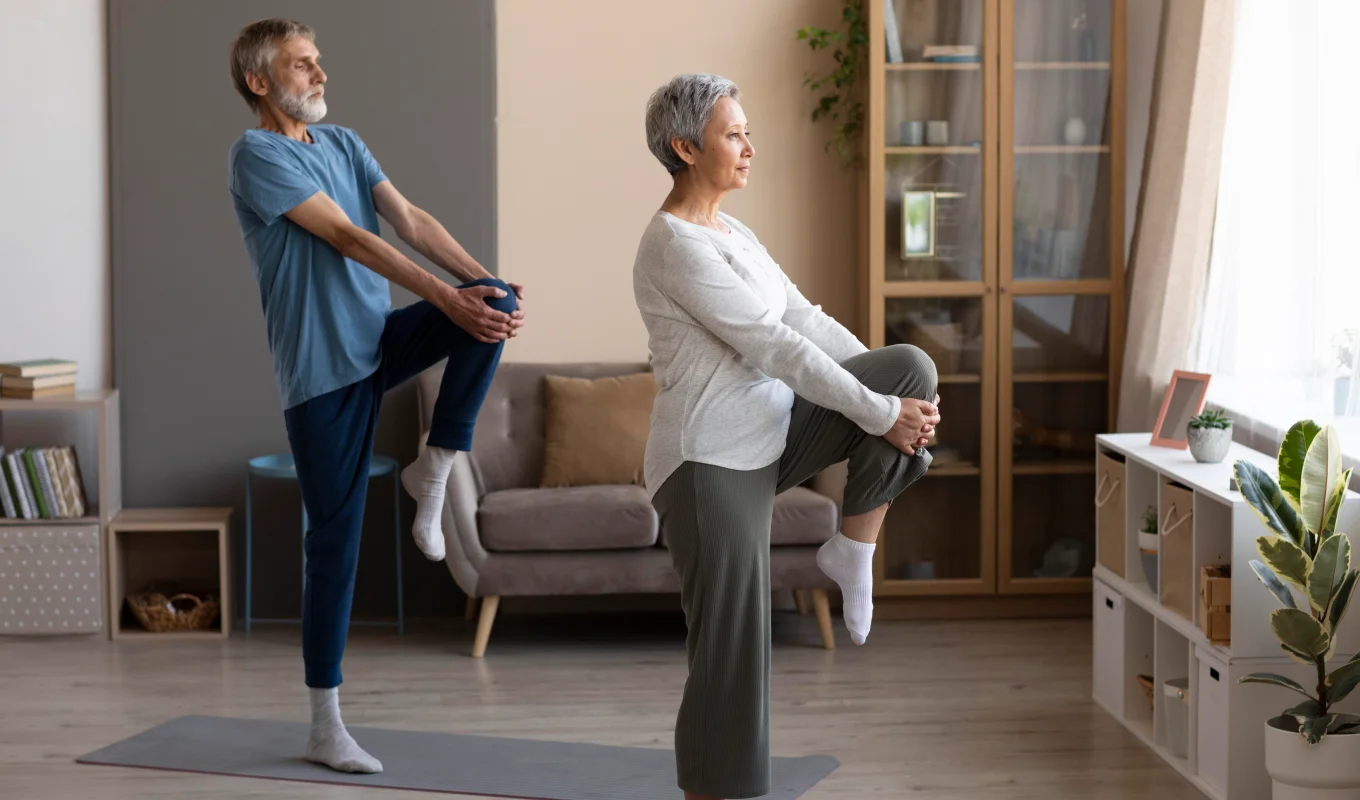Going to the gym is a popular New Year’s resolution. In your enthusiasm to get back into shape, you may work out too hard or too fast and hurt yourself. Low back pain, for example, may signal that you have a strain or sprain. Such injuries are the most common causes of low back pain and can occur when using the improper form to lift or when overstretching.
When that happens, you’ll likely quit going to the gym—or even exercising altogether—and your New Year’s resolution to get fit gets derailed. Unfortunately, low back pain is an all-too-common condition. In 2016, people around the world suffered a combined 57.6 million years with this disability.
Symptoms of Low Back Pain
Low back pain spans a wide range of symptoms, from
mild and irritating to severe and debilitating. You may feel a sudden sensation of pain or it might start slowly and worsen over time. Symptoms vary, depending on the cause, and can include:
- Dull, achy low back pain
- Stinging, burning pain that spreads to the legs and feet
- Muscle spasms
- Tightness in the back
- Difficulty standing up straight or walking
In addition, low back pain symptoms are described by the type of onset and duration:
- Acute low back pain is sudden onset pain that lasts for a few days or weeks. It eases up as your body heals from injury or tissue damage.
- Subacute low back pain lasts between six weeks and three months and is usually associated with muscle strain or joint pain.
- Chronic pain is severe, lasts more than three months, and fails to respond to initial treatments. It requires a complete medical exam to determine its cause.
Low Back Pain and Physical Therapy
If you’re at risk of developing chronic low back pain, physical therapy is often recommended.
After eliminating serious conditions that could require immediate medical care, your PT will put together a treatment program that:
- Improves “structural impairments” in your spine and pelvis.
- Provides pain relief.
- Gets you back to normal activity as quickly as possible.
Speed Healing from Low Back Pain with On-Demand Physical Therapy
If you’re injured at the gym, there’s good news! A physical therapist can work with you and your personal trainer to modify your program until you’re healed—no need to quit your commitment to fitness. And with on-demand physical therapy, there’s even
better news. Your PT will come to you, so you don’t have to battle traffic or struggle to drive to a clinic. On-demand PT makes it easier for you to get back on track with your fitness goals.
Oh, and the best news of all: Insurance covers PT sessions! With Luna’s on-demand physical
therapy, you have the same co-pay that you would pay to visit a clinic, not a penny more. So now that the decorations are put away and the company’s gone home, it’s time to focus on you. Give Luna a try today.
Handpicked Resources for You









